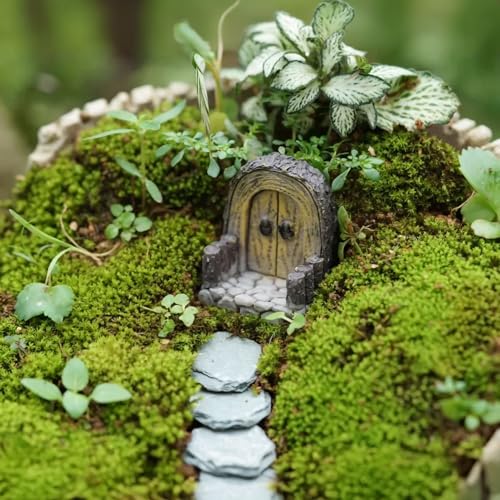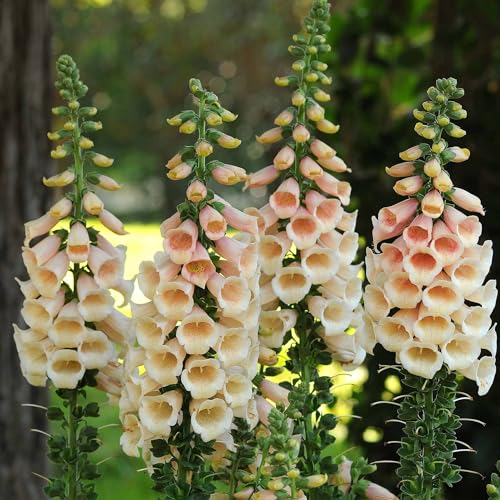7 whimsical plants that will give a magical, fairy garden feel to your yard
If you love flower fairies, look no further than this delightful plant curation
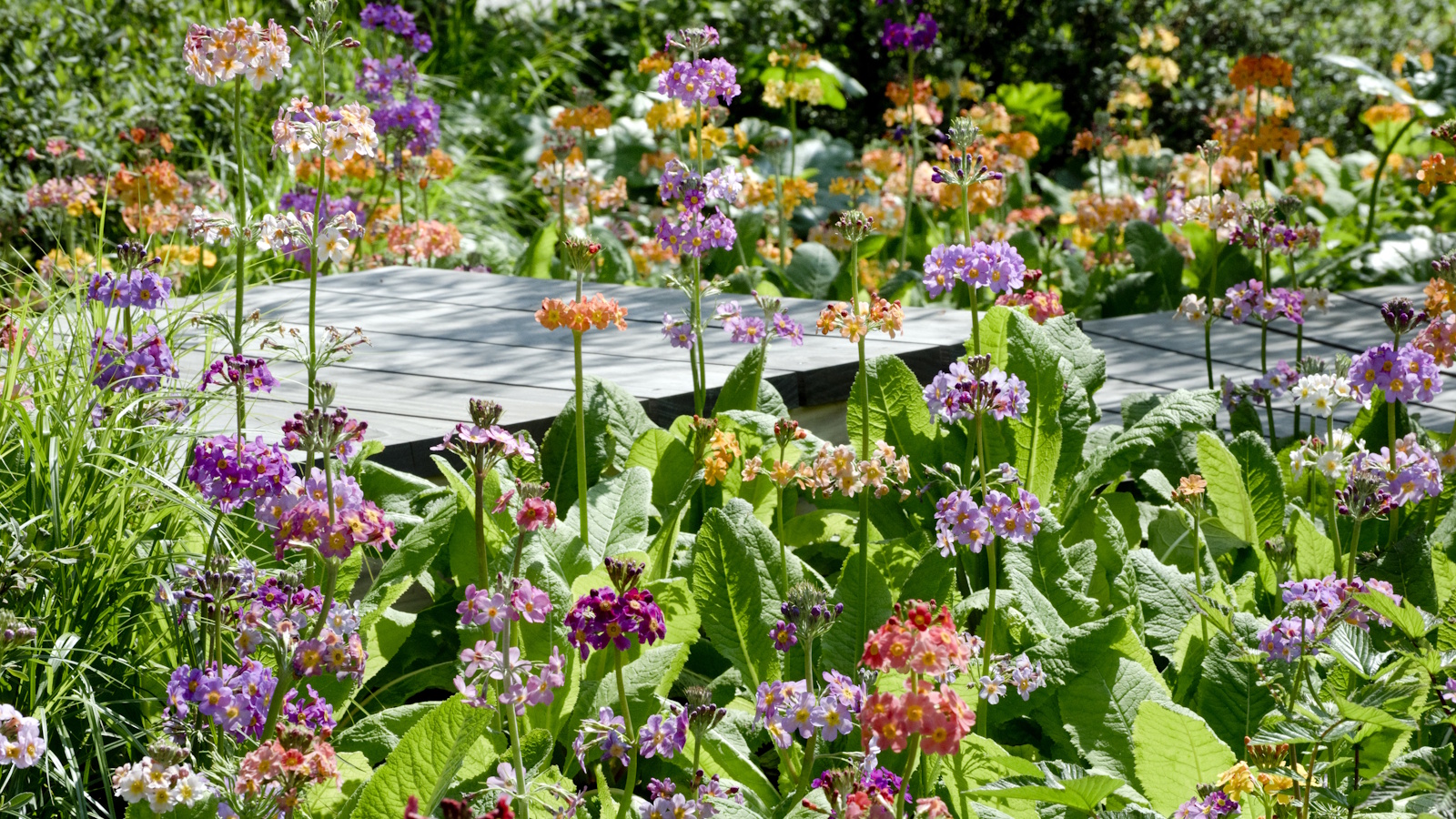

Every garden should be a little bit magical. It’s one of the reasons I love flowers so much, in all their otherworldly forms. From ethereal petals to structural seed pods, flowers are enchanting.
Look no further than the metamorphosis of a dandelion, with its abundant fairy-like seeds dancing like fireflies in almost every backyard across the country. There are, of course, many more flower species that entice a feeling of magic. I’ve grown flowers in cutting beds for almost a decade, and I can attest to the utter beauty of each one in this list.
So, if you're looking for plants for your fairy garden ideas, or simply want to bring a more playful, airy, and imaginative feel to an area of your yard, look no further than these beautifully captivating fairy garden plants.
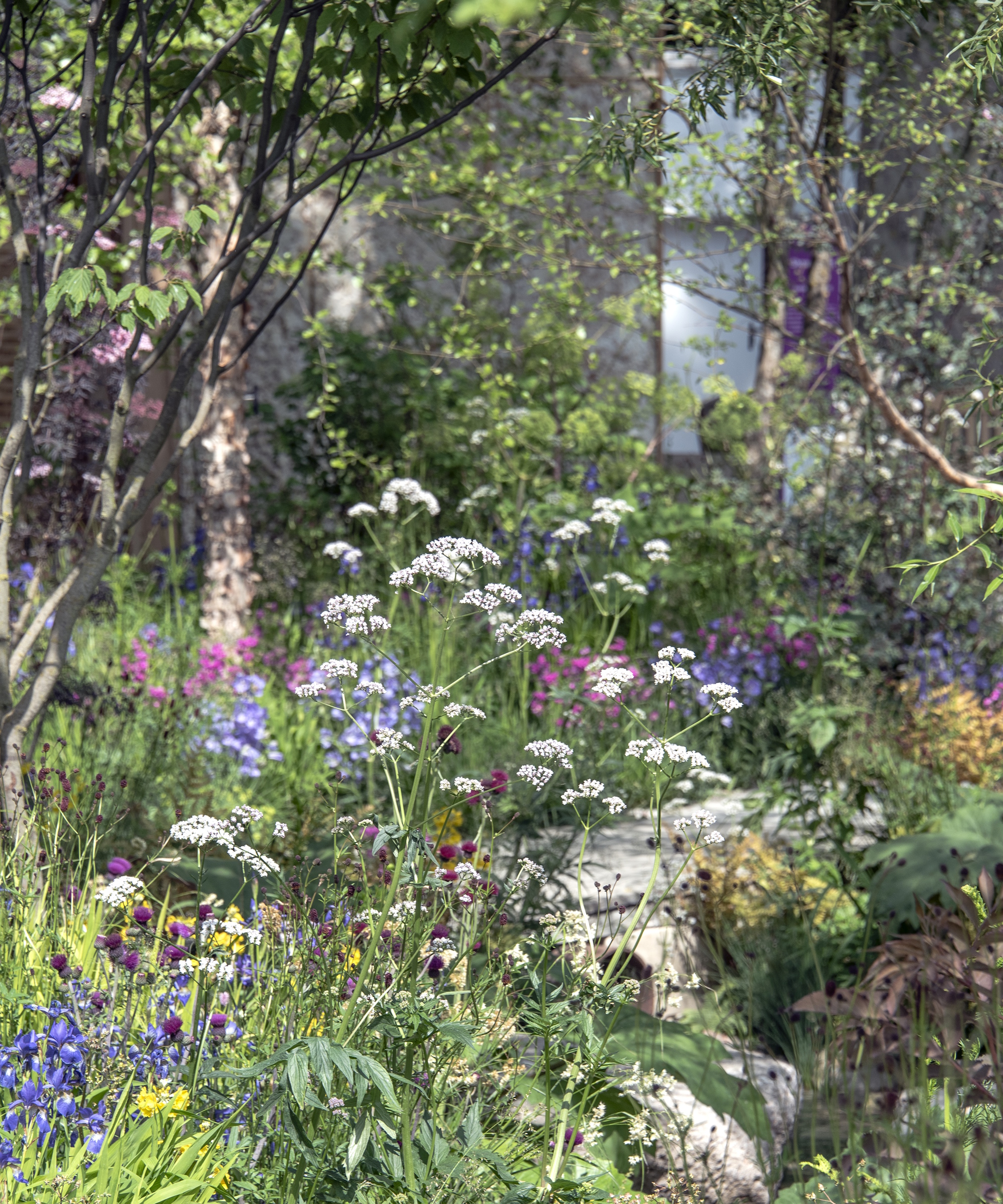
7 fairy garden plants to bring a magical touch to your yard
Whether it's a bell-like bloom that could double as a fairy house, or ethereal beauty from delicate swaying stems, I hope you see the magic in each of these plant choices.
I have grown most of them over the years and can honestly say their forms and movements never cease to amaze me.
1. Corncockle
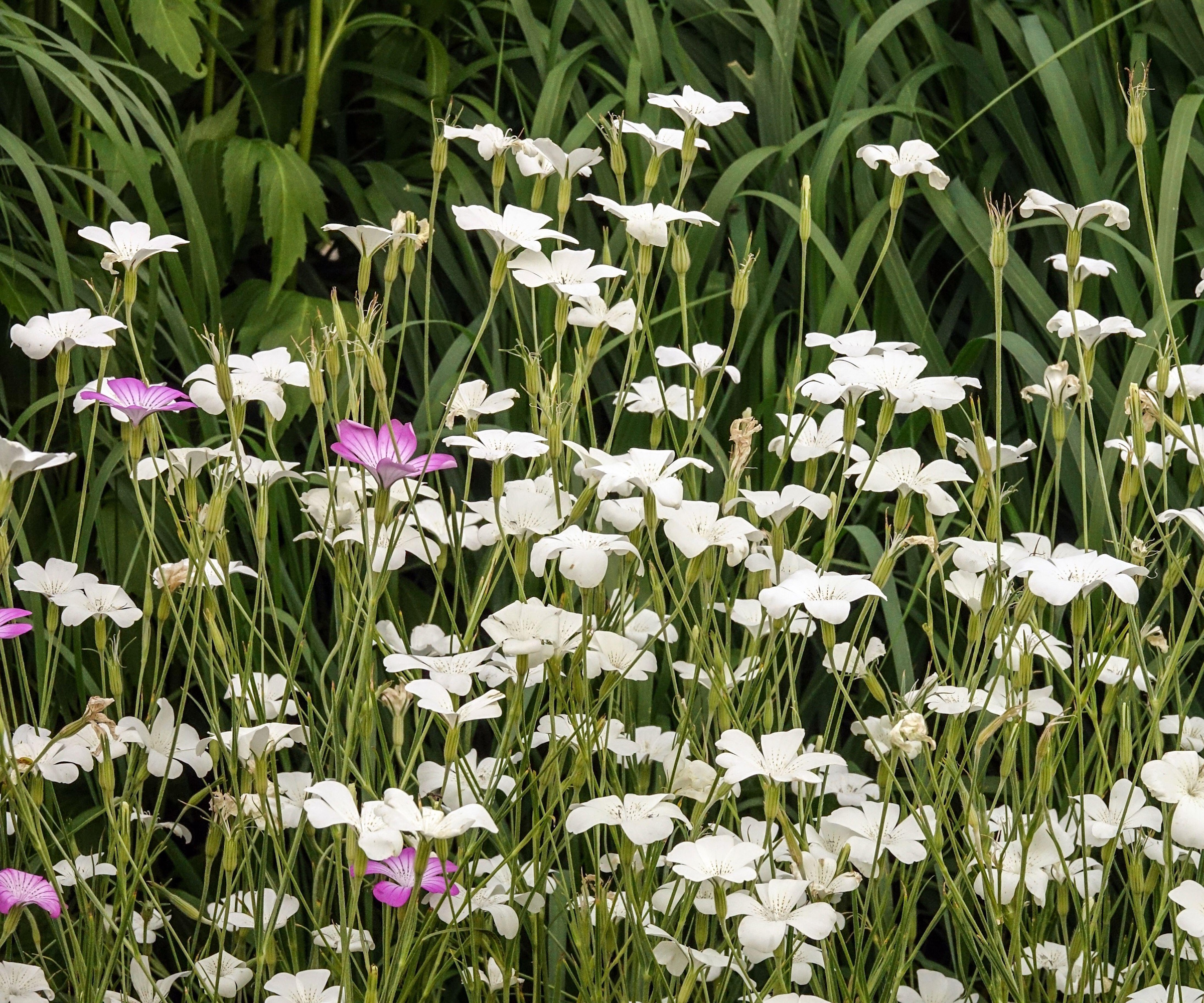
Agrostemma githago 'Alba', also known as white corncockle is a summer-flowering annual with large white petals and greyish-green foliage. You might have seen it in a rich shade of purple, too.
Wholly underrated in my view as one of the prettiest and most fairy-like meadow flowers you can find, corncockle can grow to a height of almost three feet, making it ideal for dancing towards the back of a bed or border on slender stems.
Design expertise in your inbox – from inspiring decorating ideas and beautiful celebrity homes to practical gardening advice and shopping round-ups.
I've always grown corncockle from seed, sowed in March or April for summer flowers from late May. It is not fussy about soil type, and will happily self seed, giving you a free crop of blooms next year. It's also wonderful as a cut flower.
You can find a great value pack of 2000 Agrostemma seeds from Walmart.
Hardiness: USDA zones 2-11
2. Candelabra primula
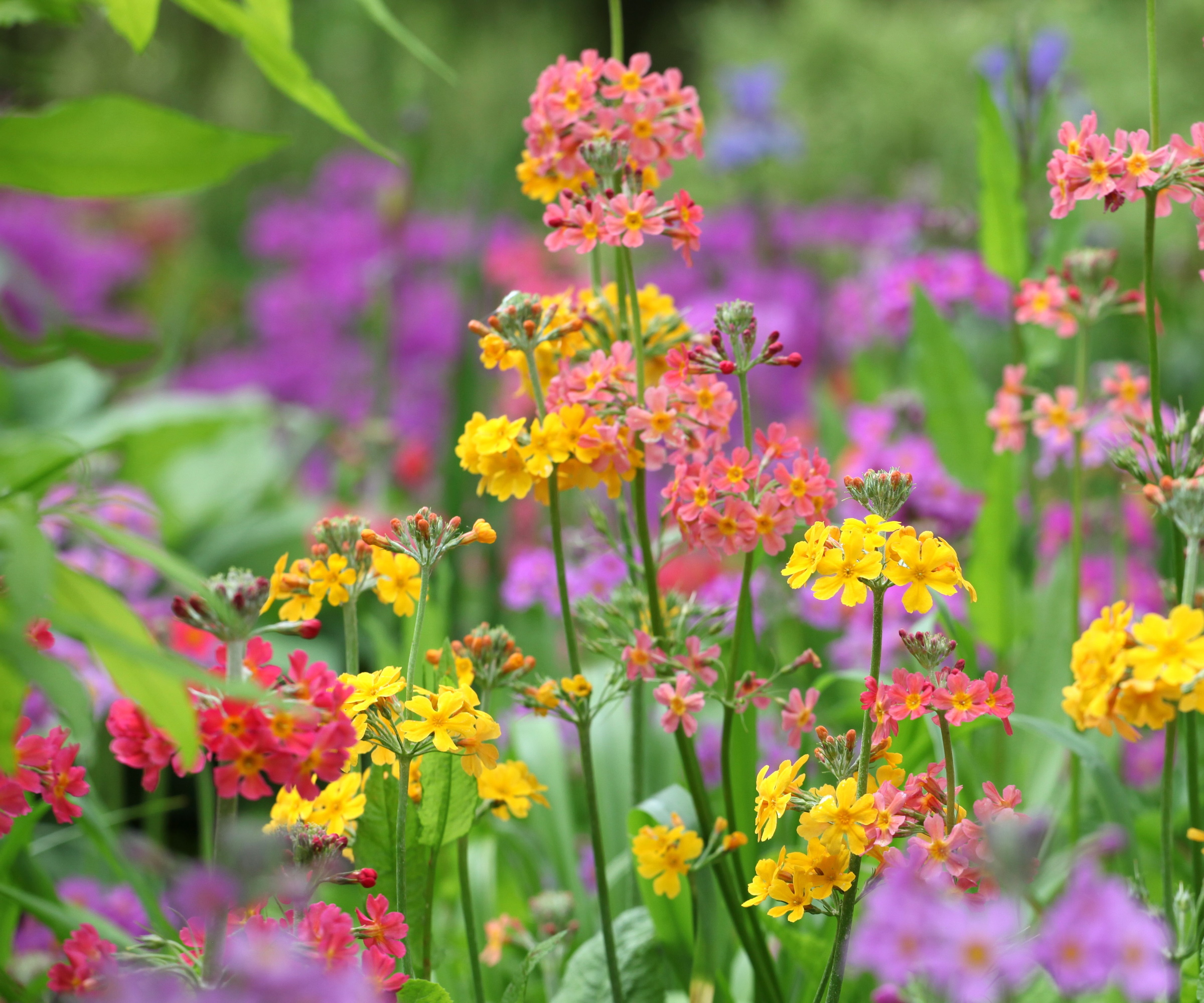
You know when a flower is so incredible it makes you do a double take. This is what candelabra primula does. Even though I'm familiar with its three-tiered blooms, I can't help but marvel at its shape, like flower fairy's wedding cake.
Growing in bright, joyful shades of yellow, peach and pink, candelabra primula usually flower from April to July.
Despite its delicate appearance, this herbaceous perennial is very hardy and can tolerate frost as well as heavy, moist soils. Happiest in part shade and on the edge of a pond, it will thrive alongside hostas and astilbe.
Hardiness: USDA zones 4-8
3. Ammi majus
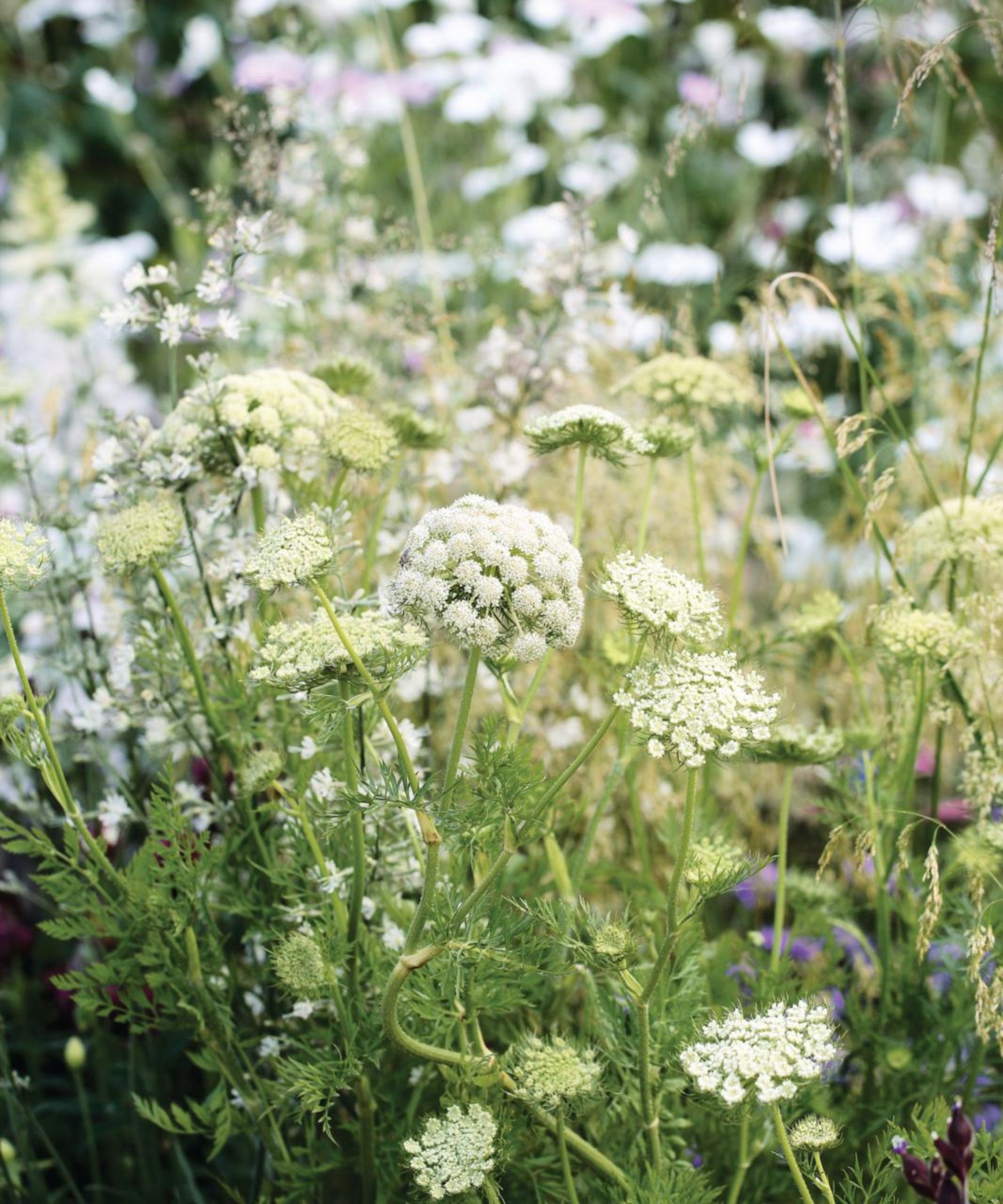
One of the best umbellifer plants there is, Ammi majus has an unapologetic whimsy about it, producing frothy white umbels from delicately spiked foliage from June through to early September.
Also known as Bishop's flower, ammi is a hardy annual that I grow each year from seed. It is one of the least fussy plants in my garden needing little to no attention.
You can find Ammi majus seeds at Amazon.
Hardiness: USDA zones 2-11
4. Columbine
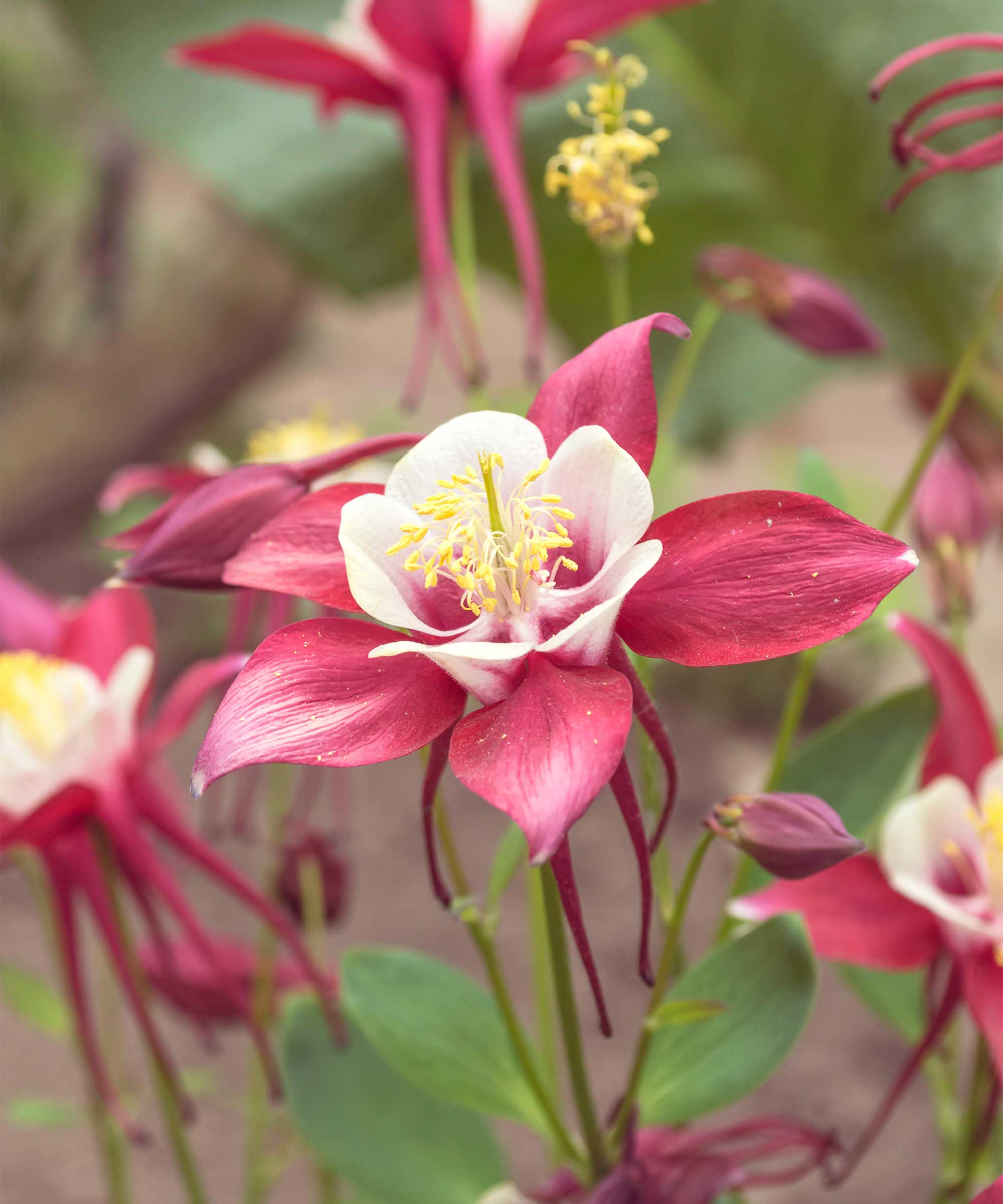
You can just imagine a little fairy wearing a dainty columbine flower as a pretty hat. Indeed, another common name for this cottage garden favorite is Granny's bonnet.
Aquilegia, to use its botanical name, is a reliable, self-seeding perennial that I have grown for many years. I love it for its tall, slender stems (surreptitiously strong), and it's graceful bobbing blooms that adorn the yard from April through early June.
It is also known to be deer and rabbit resistant.
Hardiness: USDA zones 3-9.
5. Gaura
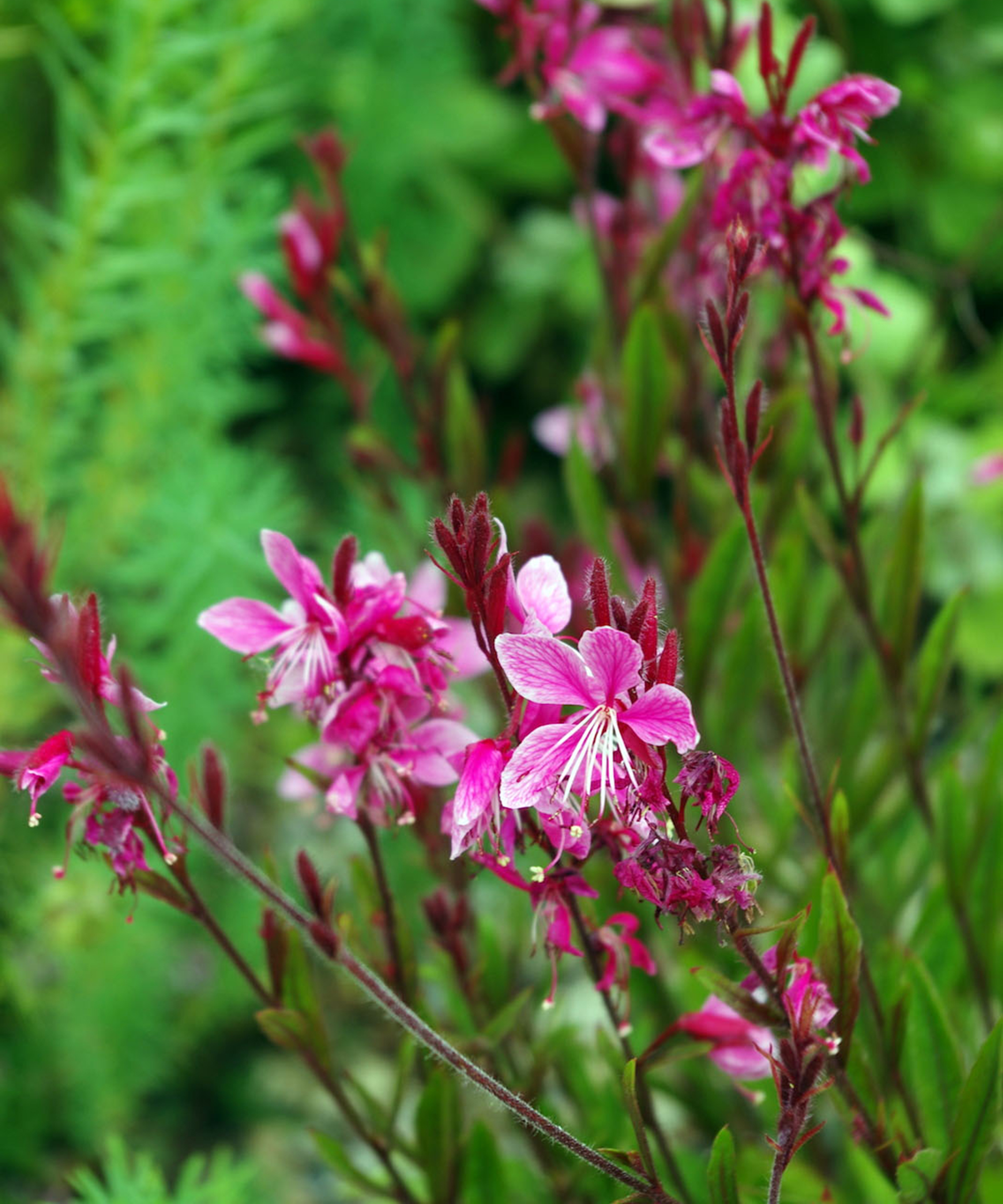
Ethereal, airy gaura is one of those perennials I believe we should all grow. It's unassuming, but its effect in a flower bed or even a pot is quietly dramatic.
Often a mainstay of meadowscaping and other nature inspired planting schemes, gaura brings height, soft texture and graceful movement to a garden space.
Knowing how to grow gaura, or Oenothera lindheimeri, is pretty simple. It loves a sunny spot, being native to Southern states, and well drained sandy soil.
Hardiness: USDA zones 5-9 (5-6 as an annual)
6. Foxgloves
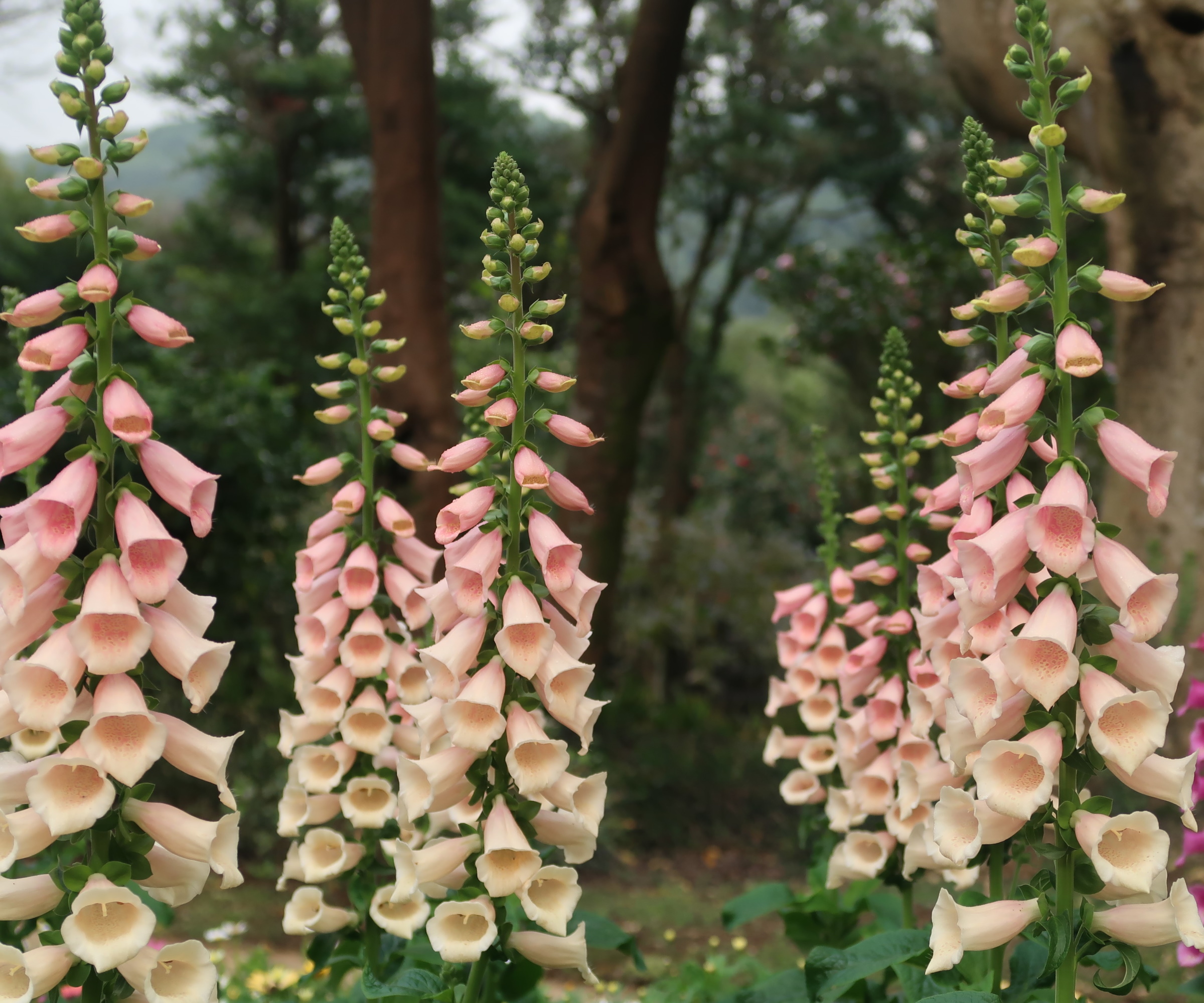
A mainstay of the English cottage garden planting style, foxgloves, or Digitalis, are as magical as they are dramatic. Each tiny flower on those statuesque stems a home for hungry bees... or a mythical garden creature?
Most foxgloves varieties are biennials, and can grow in full sun to partial shade.
A good tip once they have finished flowering is to leave them in the soil to go to seed and once they have dried out pick them and shake the seeds over a bed or patch of you yard where you'd like to see more of these beauties in future years.
My absolute favorite variety is 'apricot beauty' foxglove, with seeds available from Amazon.
Hardiness: USDA zones 4-9
7. Fuchsia
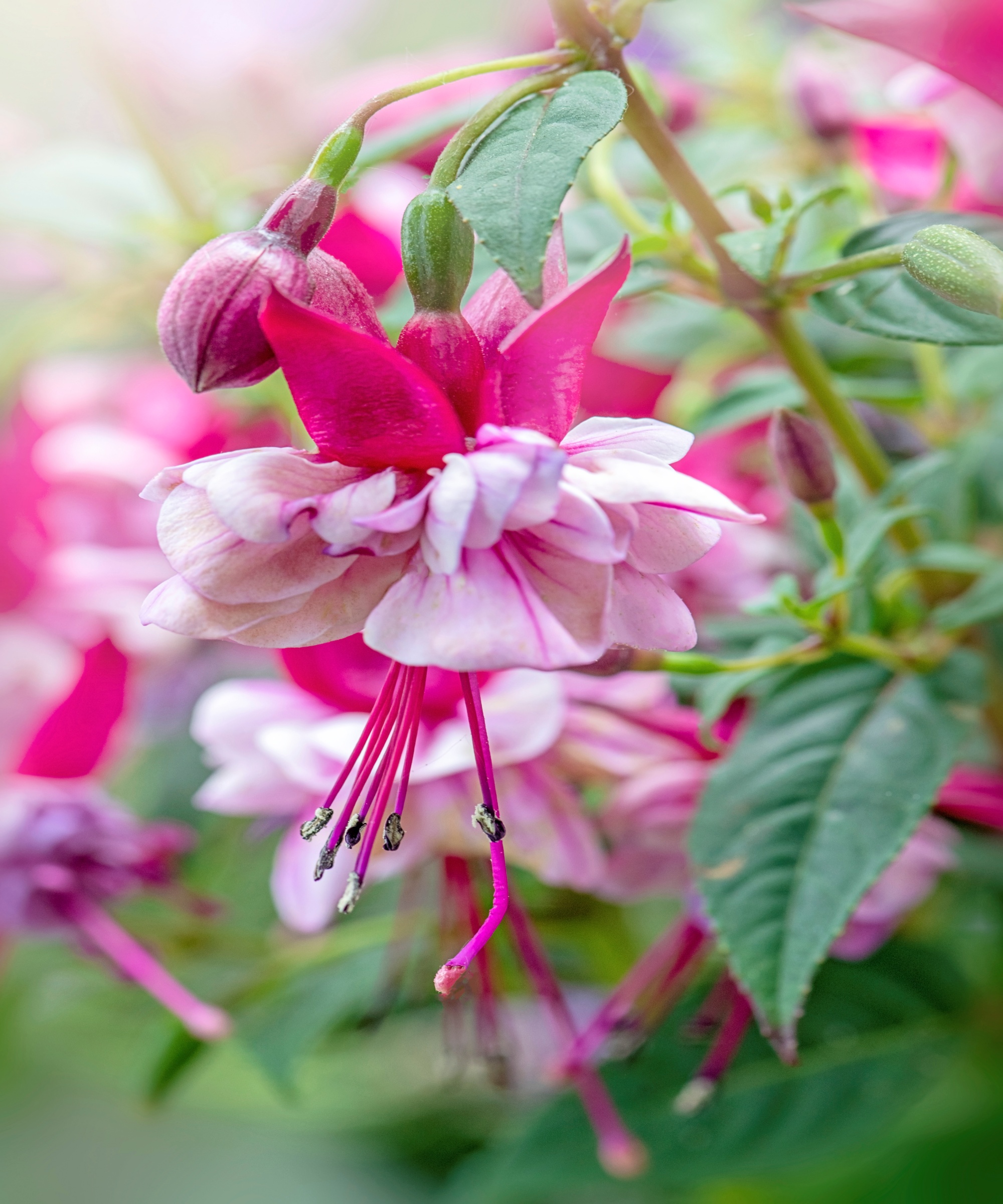
Dainty fuchsia blooms are often seen illustrated as tiny bonnets on flower fairies in children's books, hence it had to make my list.
Often chosen as a hanging basket plant for its pendulous and tubular flower heads, fuchsia also makes a fantastic floral hedge, which is how I grow it in my backyard.
Loved by hummingbirds, bees and butterflies for its nectar-rich flowers, fuchsia doesn't require much attention once established, and it will bloom prolifically from late spring to early fall.
Hardiness: USDA zones 6-11.
I could have made this list twice as long, and I'm sure there are many magical fairy garden plants I have neglected to mention, that you grow. I simply love what each of these plants brings to my romantic garden ideas.
Shop fairy garden essentials
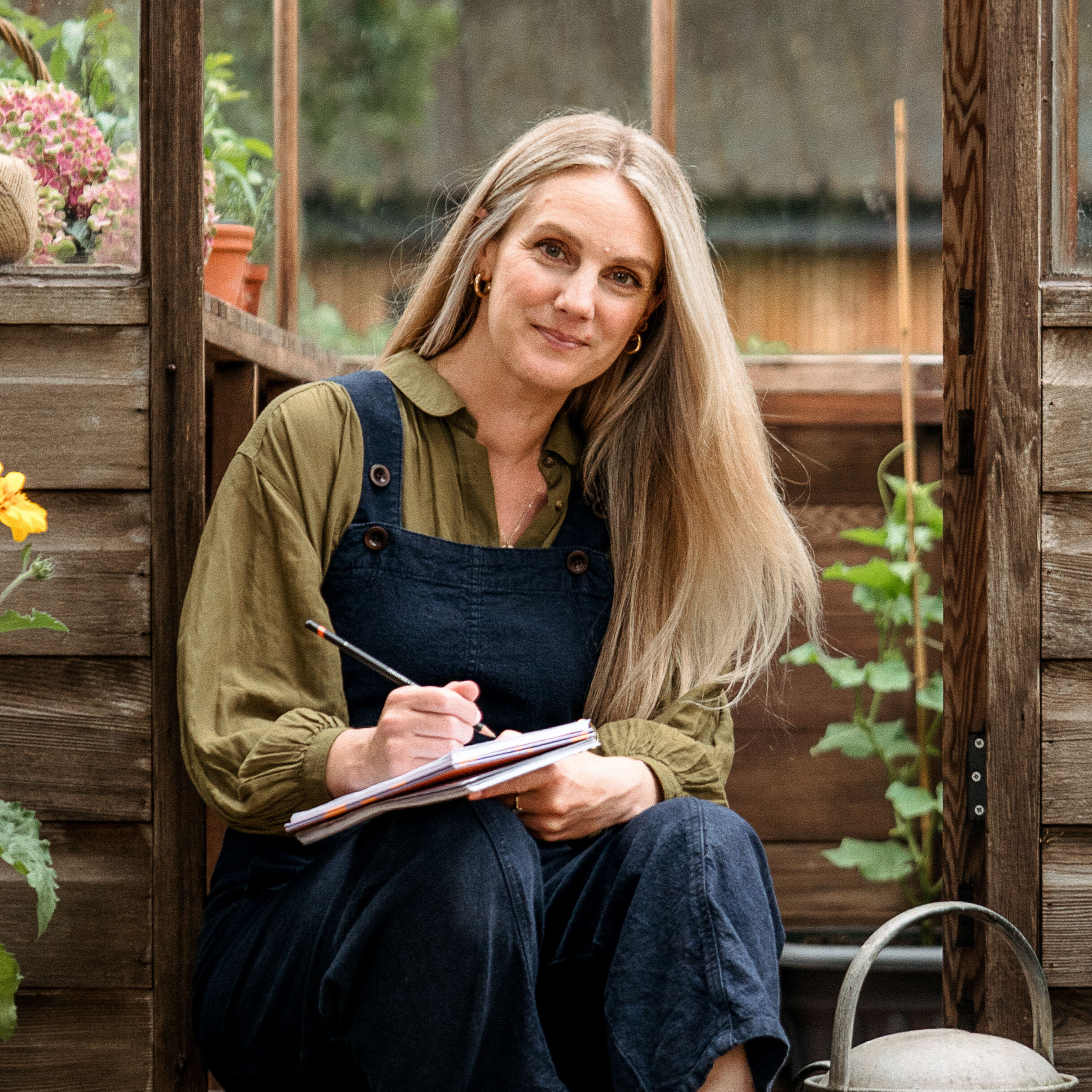
Rachel is a gardening editor, floral designer, flower grower and gardener. Her journalism career began on Country Living magazine, sparking a love of container gardening and wild planting. After several years as editor of floral art magazine The Flower Arranger, Rachel became a floral designer and stylist, before joining Homes & Gardens in 2023. She writes and presents the brand's weekly gardening and floristry social series Petals & Roots. An expert in cut flowers, she is particularly interested in sustainable gardening methods and growing flowers and herbs for wellbeing. Last summer, she was invited to Singapore to learn about the nation state's ambitious plan to create a city in nature, discovering a world of tropical planting and visionary urban horticulture.
You must confirm your public display name before commenting
Please logout and then login again, you will then be prompted to enter your display name.
